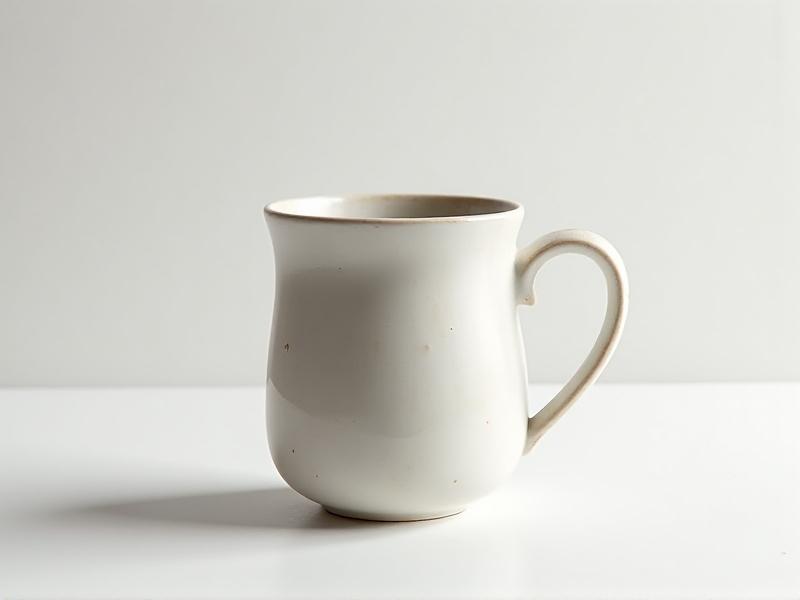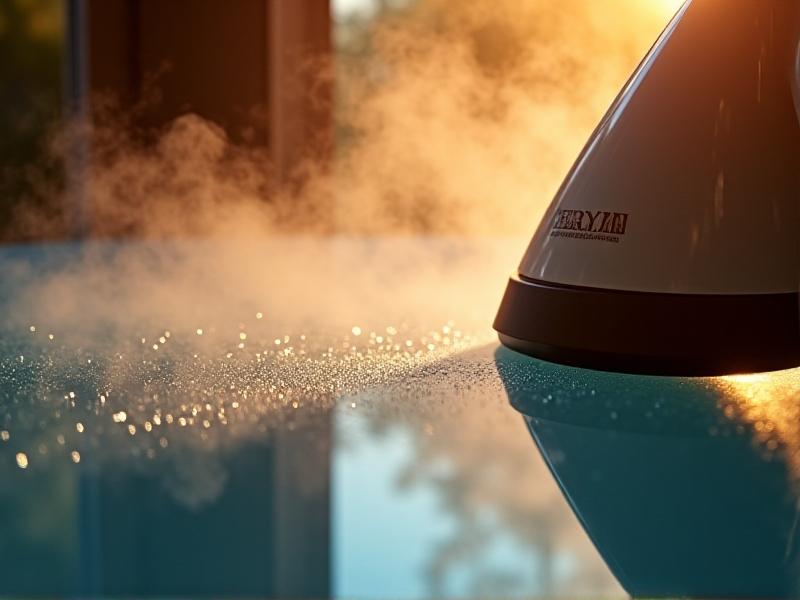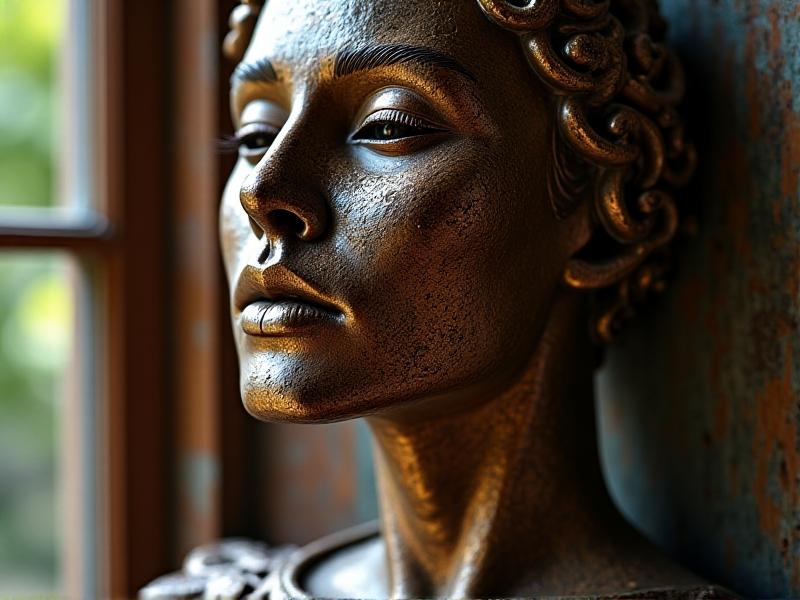Cigarette Smoke Extraction: Rescuing Yellowed Furniture
The Science of Smoke Residue and Yellowing
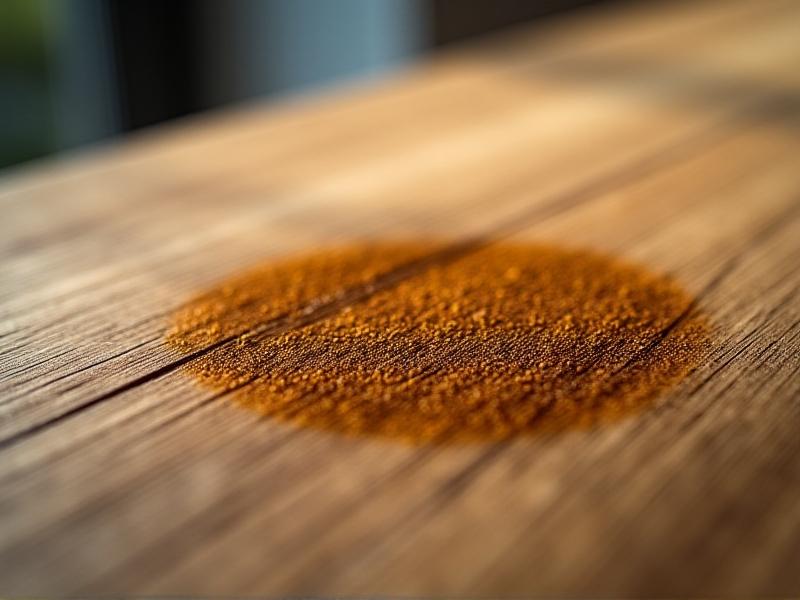
Cigarette smoke contains over 7,000 chemicals, including tar, nicotine, and carbon monoxide. When smoke lingers indoors, these particles settle on surfaces, bonding with porous materials like wood, fabric, and upholstery. Nicotine, a particularly stubborn compound, oxidizes over time, reacting with oxygen to form yellowish-brown stains. This process accelerates under UV light, explaining why furniture near windows often yellows faster. The sticky nature of tar ensures residue clings to crevices, creating a film that attracts dust and deepens discoloration.
Understanding this chemistry is key to effective cleaning. Alkaline substances like nicotine require acidic solutions to break their bonds, while tar demands solvents capable of dissolving oily residues. Ignoring these principles can lead to incomplete cleaning or even permanent damage, as abrasive methods may strip finishes from wood or weaken fabric fibers.
Assessing the Damage: What’s Salvageable?
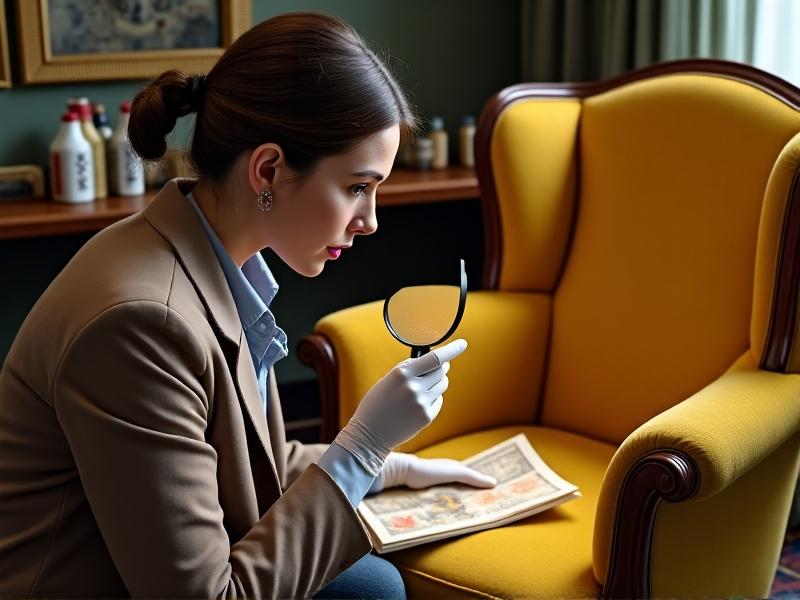
Before diving into restoration, evaluate the furniture’s material, age, and condition. Non-porous surfaces like lacquered wood or glass respond better to cleaning than untreated wood or delicate fabrics. Test an inconspicuous area with a damp cloth: if color transfers or the material warps, proceed cautiously. For upholstered pieces, check if covers are removable and machine-washable. Antiques with original finishes or fragile veneers may require specialized care to preserve historical value.
Smell often reveals hidden damage. If odors persist after surface cleaning, smoke particles have likely penetrated deeper layers. In severe cases, smoke may compromise structural integrity by weakening adhesives in joints or corroding metal hardware. Document findings through photos and notes to track progress or justify professional intervention.
DIY Cleaning Solutions for Smoke-Stained Furniture
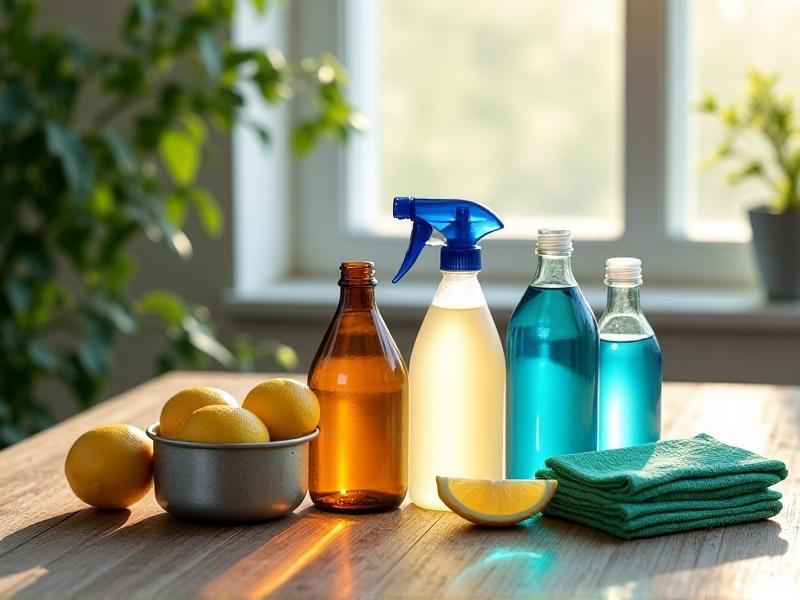
Start with gentle, pH-balanced approaches. Mix equal parts white vinegar and water in a spray bottle for initial wipedowns—the acetic acid cuts through nicotine without harsh chemicals. For tougher stains, create a paste using baking soda and hydrogen peroxide (3% concentration). Apply it to wood surfaces with a soft-bristled toothbrush, working along the grain to lift embedded residue. Let it sit for 10 minutes before wiping with a damp microfiber cloth.
Fabric upholstery benefits from a multi-stage treatment: vacuum with an upholstery attachment, sprinkle cornstarch to absorb oils, then blot with a solution of mild dish soap and warm water. Always rinse thoroughly to prevent soap buildup. Open windows during cleaning to ventilate odors and speed drying.
Advanced Techniques for Stubborn Stains
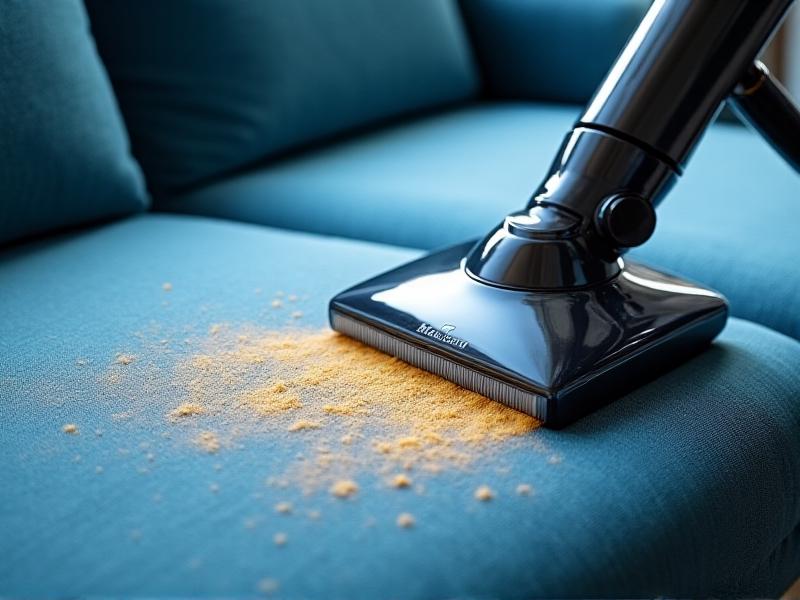
When basic methods fall short, consider renting an ozone generator. These devices break down odor-causing molecules at the molecular level but require vacating the room during treatment. For deeply stained wood, lightly sanding the surface (220-grit sandpaper) followed by oxalic acid application can restore natural color. Always re-seal sanded wood with polyurethane to prevent future damage.
Ultrasonic cleaners work wonders for small, removable hardware like drawer pulls. Submerging items in a heated enzymatic solution loosens decades of grime in minutes. Test these methods cautiously—oxalic acid is toxic if inhaled, and improper sanding can erase decorative veneers.
Preventing Future Damage: Protective Measures
Install HEPA air purifiers with activated carbon filters in smoking areas—these capture 99.97% of airborne particles down to 0.3 microns. Apply water-based polyurethane sealants to wood furniture, creating a protective barrier against smoke infiltration. For fabric protection, Scotchgard Fabric Protector repels liquids and reduces staining.
Establish designated outdoor smoking areas at least 10 feet from windows. Wash curtains and vacuum floors weekly to intercept settling particles. Consider adopting air-purifying plants like peace lilies, which absorb volatile organic compounds (VOCs) through their leaves and roots.
Restoring Antiques and Heirlooms
Antique restoration demands historical sensitivity. Consult museum conservation guidelines: avoid submerging oil-painted surfaces or using modern adhesives on vintage joinery. For gilded frames, a cotton swab dipped in mineral spirits gently removes surface tar without damaging gold leaf. Leather-bound books or tobacco-stained desks may require cellulose poultices—a mix of paper pulp and pH-adjusted water that draws out stains through capillary action.
Document every step with photos and notes, especially if dealing with insured or inherited items. Seek appraisals after cleaning, as professional restoration can significantly increase market value. Remember, some patina tells a story—remove only what’s necessary to preserve the item’s integrity.
When to Call a Professional
Persistent odors after multiple cleanings indicate deep contamination in cushions or wood pores—a job for thermal fogging equipment that reaches inaccessible spaces. Water damage combined with smoke residue often requires industrial extractors to prevent mold growth. Professionals also handle hazardous materials like lead-based paints disturbed during cleaning.
Insurance claims frequently require documented professional assessments. Services like ATP testing (measuring organic matter levels) provide objective proof of cleanliness. While costly ($500-$2,000 depending on furniture size), professional restoration proves worthwhile for high-value items or sentimental pieces.

